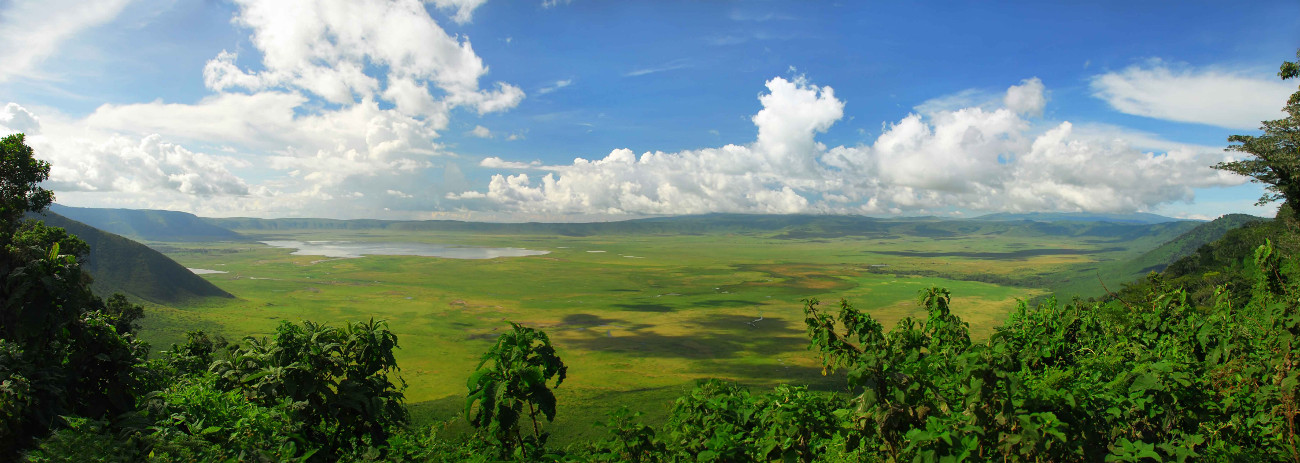Bisech Company

ngorongoro crater
Three million years ago, there slumbered a massive supervolcano in what we now call Northern Tanzania. The mountain stood higher and mightier than nearby Mount Kilimanjaro. Its summit scraped the ceiling of Africa and its slopes were so vast they directed their own weather patterns and water flow. All was well with this sleeping sentinel until one day the mountain woke up. Then it fell down. The volcano erupted with a blast so ferocious that it caved in on itself, an implosion creating a caldera spanning a hundred square miles: 12 miles wide and 2,000 feet deep. What had once claimed the highest peak on the continent was now a mere impression, inverse to its former glory.

Think of the Ngorongoro Crater as hyper-condensed action, like bringing all the best in safari to boil. Here everything bubbles closer, tighter, and louder. Peer inside this primordial caldera and what you see is a petri dish density of wildlife, more predator-prey interactions per capita than almost anywhere on the planet. Amazingly, human footprints have also been discovered in and around Ngorongoro as far back as 2-3 million years ago. Following these earliest scattered bands of hunter-gatherers, Mbulu pastoralists would arrive on the scene followed by the Datooga, and most recently, the Maasai. The first European explorers came to the crater in 1892, and a few decades later Ngorongoro saw its first waves of foreign travelers. Deemed a fragile zone of biodiversity, the Ngorongoro Crater Conservation Area was established in 1959 and, by 1979, it was protected as a UNESCO World Heritage Site. Today, the Ngorongoro Conservation Area sees over a half million annual visitors.
Sign Up for a Newsletter
Sign up for our mailing list to get latest updates and offers.